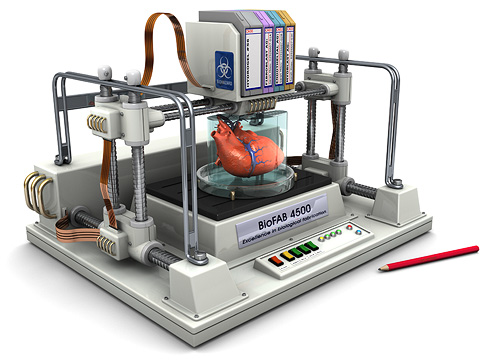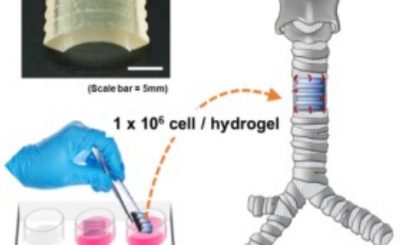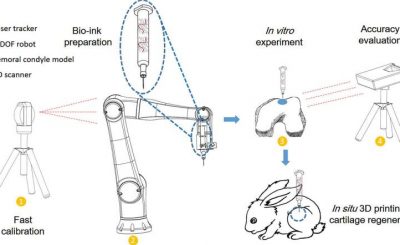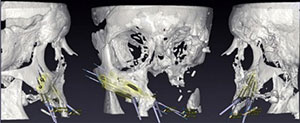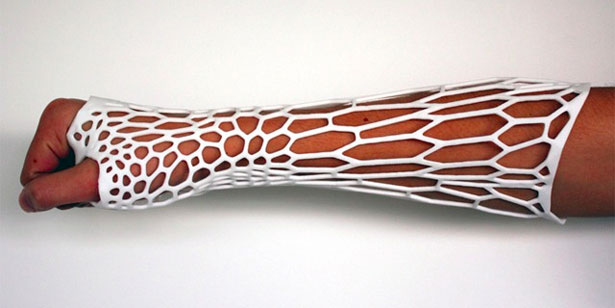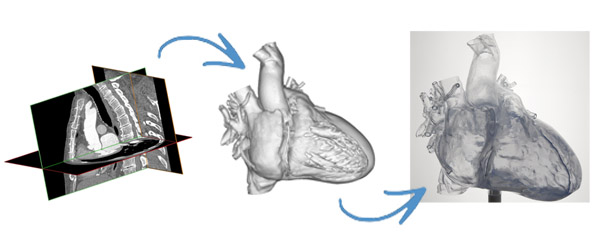A 40 year old woman in Singapore living with a congenital heart defect will have her heart 3D printed to aid her doctors with finding a safer and faster way to finally correct it. The heart model will be created from common CT scans and will allow the woman’s doctors to pre-plan the surgery. Pre-surgical planning enables them to complete the procedure much quicker, lessening the chances of complications and speeding up the recovery process.
As the 3D printing industry matures, applications only dreamed about are starting to become commonplace. 
An xray of an enlarged heart of a child suffering from Tetralogy of Fallot
While CT or MRI scan data provides doctors with plenty of information about the defects, a lack of spacial dimensions makes it difficult to visualize what they will see when they open up the heart. This means surgeons need to open the chest, inspect the heart, locate the flaws and then plan out how to successfully correct them on the fly. Not only is the time required for this dangerous for the patient, but the longer a surgery takes the higher the risk of the surgeon becoming fatigued becomes.
Pre-surgical planning with the use of 3D printed models and surgical guides dramatically reduces the time required to perform the surgery. By allowing doctors to know exactly where the corrections need to be made, they don’t need to come up with a plan for repair on the fly. This leads to less time under anesthesia, reduces the amount of blood lost during the procedure, reduces the number of incisions that need to heal, lessons time spent in the hospital and encourages a faster recovery.
3D printing has been around for twenty five years now, but when it was invented it was simply treated as an industrial process. No one could have ever imagined some of the wonderful uses that would be found for the technology. But when the patents expired a few years ago and the maker community started to change the way that we looked at the process that all changed. While 3D printing is still an industrial process for the most part, it’s also evolved into something bigger. It’s been infused with the philosophy of the maker.
There are no limits any longer. If we can’t do something, it isn’t that it’s impossible, we just haven’t found the way to do it yet. In the space of a year, a woman went from believing that she would live the rest of her life with a condition that could potentially kill her to having that condition corrected almost with ease. Not bad for a single year, I can’t wait to see what we can do next year.
information

